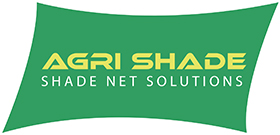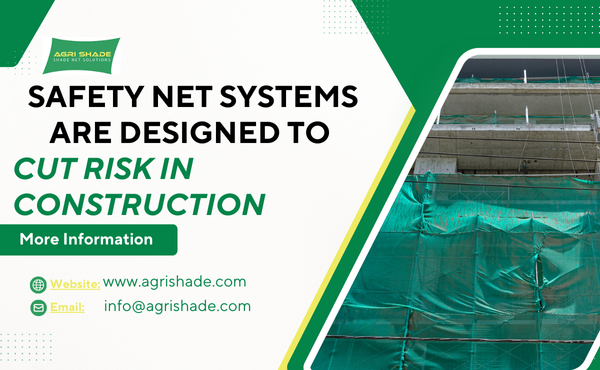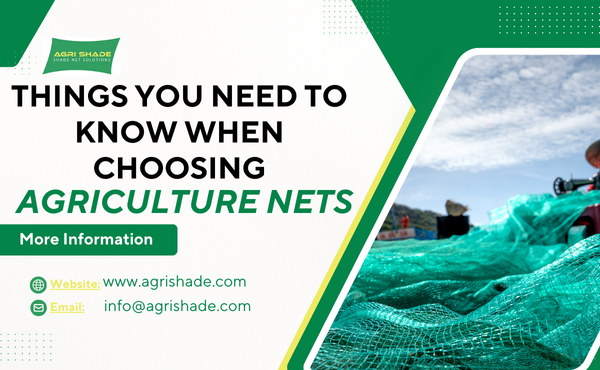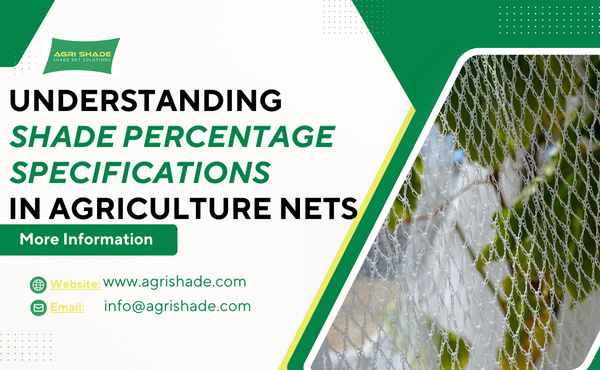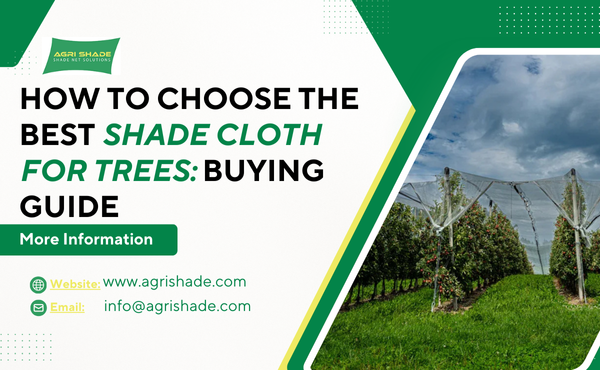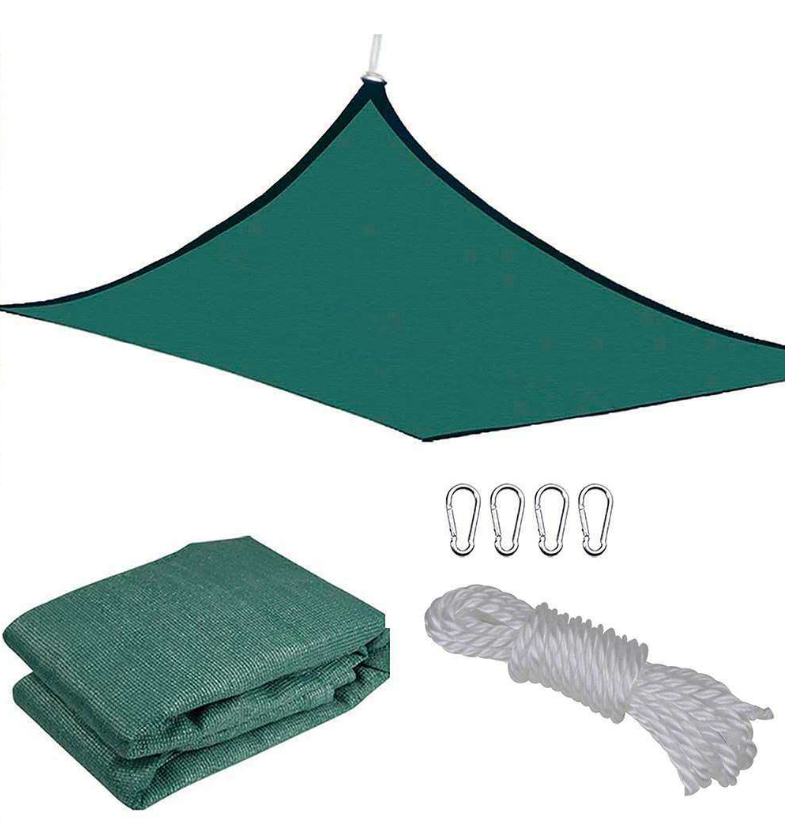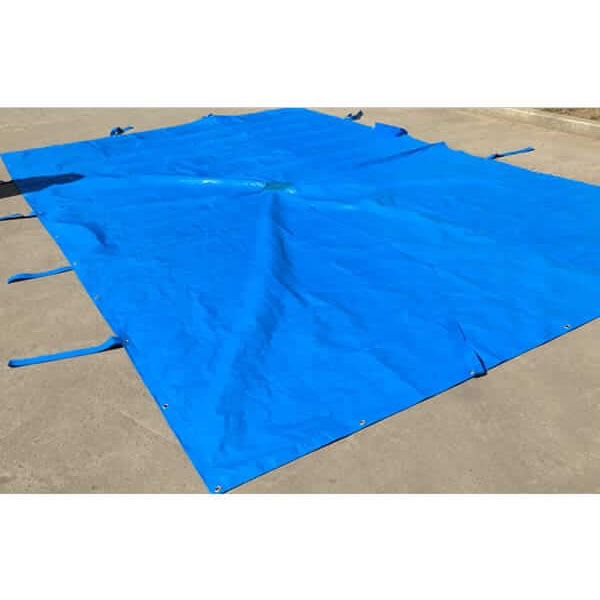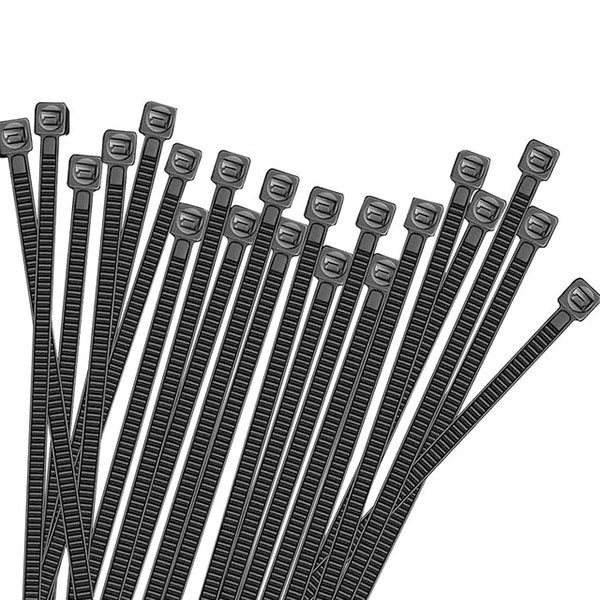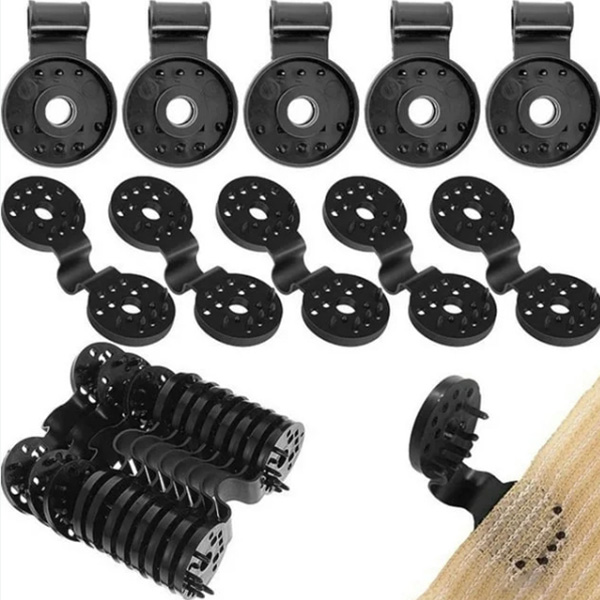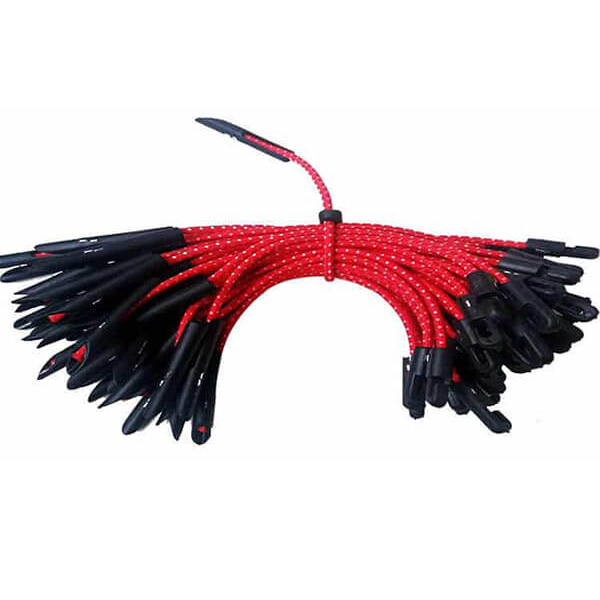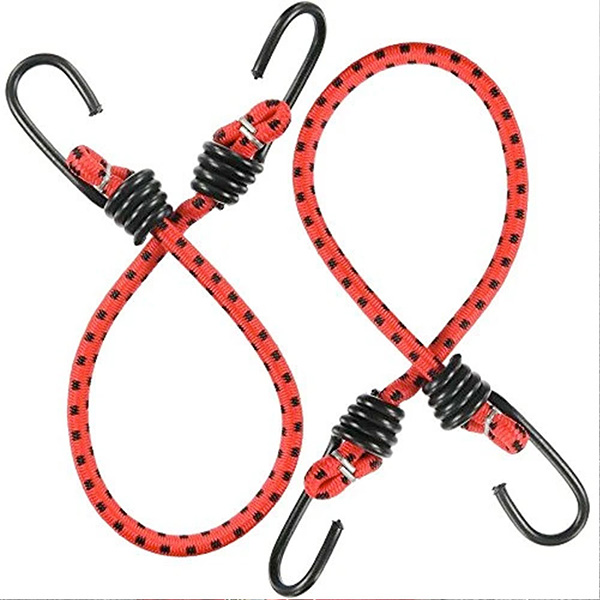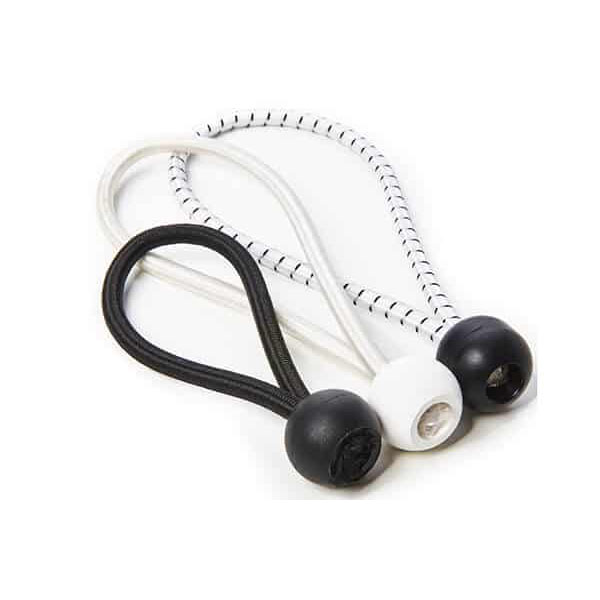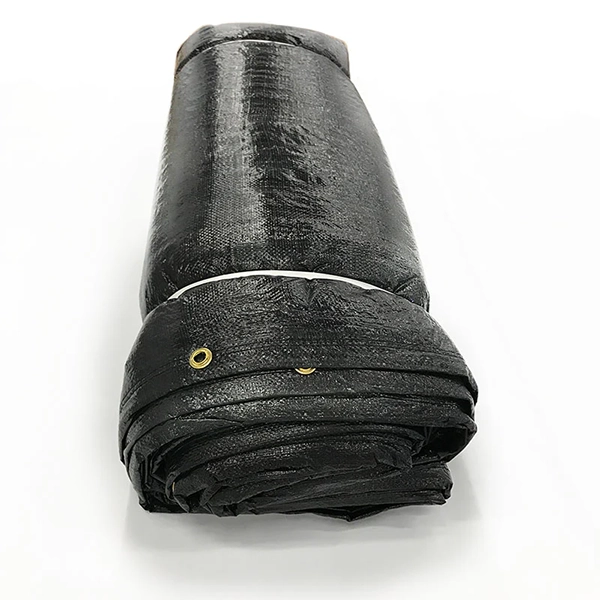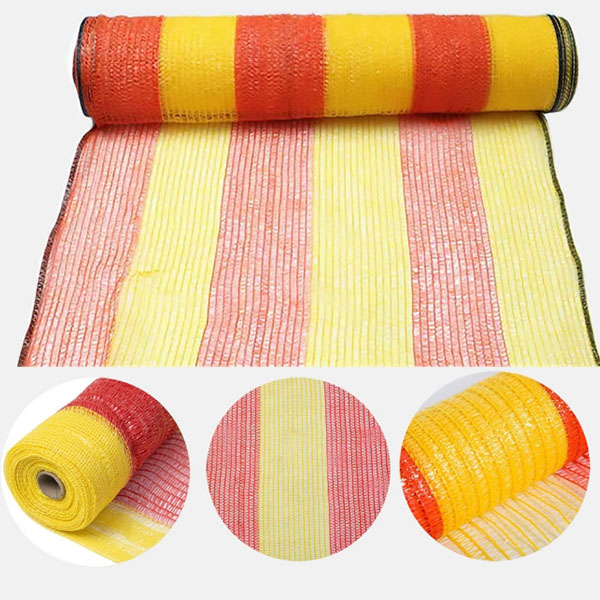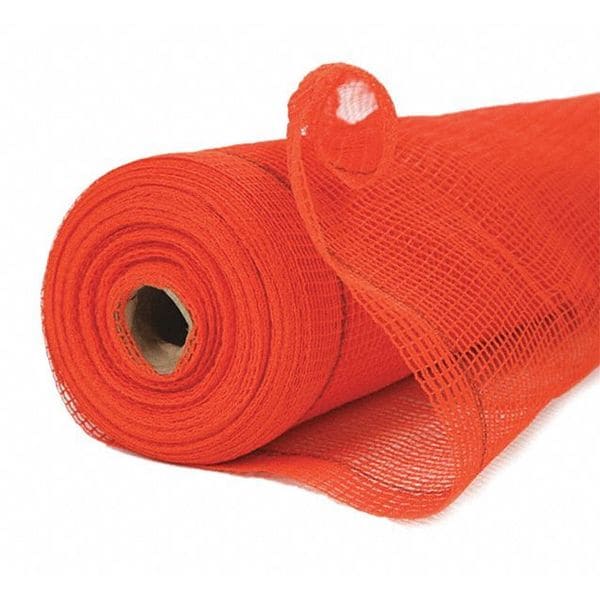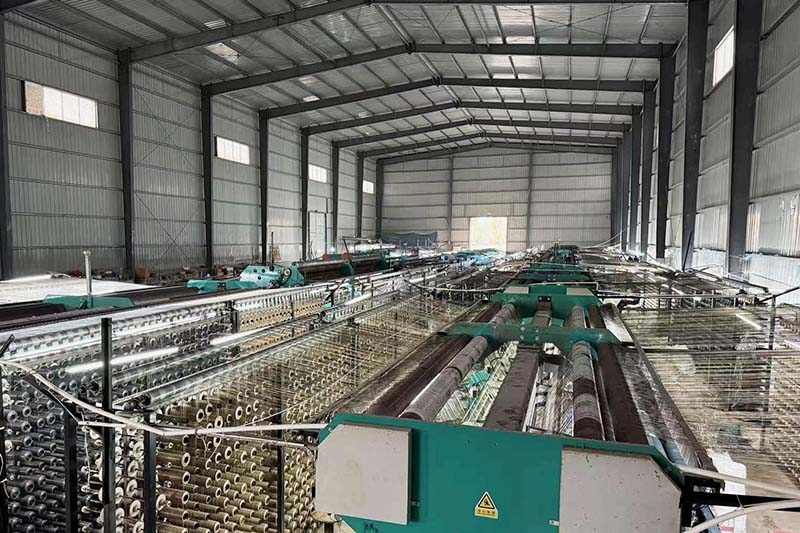Installing a fence can improve your property’s security and curb appeal, but without proper coverage, it may still leave your yard exposed. Privacy fence screens provide an effective solution, blocking unwanted views while adding style and durability.
In this article, you’ll learn how to choose the best privacy screen for fence based on materials, installation methods, durability, and aesthetic appeal, ensuring your outdoor space stays private and visually appealing.
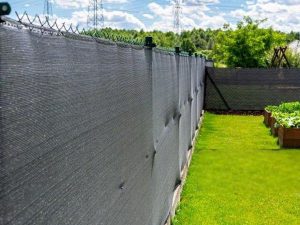
Understanding Your Needs
Consider the level of privacy needed
Choosing the right privacy screen for fence starts with understanding how much seclusion is necessary. often assess their needs by looking at how close neighbors live, the amount of activity in the area, and local crime rates. They also check local regulations and homeowners association rules to ensure the fence meets all requirements.
Privacy screens can block up to 90-100% of visibility. Some options also help reduce noise and enhance the look of a yard.
- Homeowners should define the main purpose of the privacy fence screen, such as blocking views, reducing noise, or improving appearance.
- Budget, maintenance, and compatibility with the home’s style also play a role in the decision.
Consider protection against wind, sun, and dust
A privacy fence screen does more than block views. It can also shield outdoor spaces from wind, sun, and dust. In areas with high wind or dust, screens with higher coverage and stronger materials work best.
- Windscreens and dust screens block up to 97% of dust and wind while allowing air to flow.
- These screens use industrial-strength materials and come in solid options from 50% to 97% for different needs.
- UV-stabilized materials last longer outdoors and help protect against sun damage.
Consider Fence Length & Height
The size of the privacy screens must match the fence’s dimensions for the best results. Fence height affects how well the screen blocks views and withstands wind. Most privacy fences range from 6 to 8 feet tall, but local rules may set limits.
- Taller fences need stronger materials and extra reinforcements, such as center-binding strips and wind vents.
- Privacy screens are usually cut about 4 inches shorter than the fence height for a snug fit.
- For fences longer than 50 feet, screens come in standard 50-foot rolls with custom panels as needed.
Selecting the right size and material ensures the privacy fence screen fits well and stands up to weather and daily use.
How Mesh Privacy Screens Improve Your Fence Privacy
Mesh privacy screens offer a practical solution for enhancing fence privacy. They combine durability, weather resistance, and visual appeal. Homeowners and businesses use these screens to block unwanted views and create a secure outdoor space.
Customizable Designs for Aesthetic Fence Privacy
Mesh privacy screens come in various designs and colors. Custom sizing ensures a perfect fit, preventing sagging and loose areas. Reinforced hems and heavy-duty webbing keep the screen tight and neat. Brass locking grommets spaced every 24 inches help maintain a clean, professional look.
Homeowners can choose from up to 10 colors and finishing options, such as vents and reinforced center bindings. Custom printed screens allow for branding or decorative patterns, making the fence unique.
Durable & Weather-Resistant
Heavy-duty mesh privacy screens use materials like 170 GSM or 180 GSM knitted fabric. These screens resist tearing, abrasion, and UV damage. Manufacturers rate 175 GSM mesh screens for an outdoor life expectancy of 3 to 5 years. UV inhibitors and commercial finishing add extra protection against weather.
A 170 GSM mesh privacy fence screen often comes with a 3-year warranty. The 180 GSM version also carries a 3-year warranty, showing reliable durability. These screens withstand sun, rain, and wind, making them suitable for long-term outdoor use.
Appearance & Function
Mesh privacy screens provide a clean, uniform look by covering unsightly fences. The durable knitted fabric blocks up to 90% of visibility while allowing air to flow. Custom sizing and reinforced features prevent sagging, keeping the fence tidy.
Custom printed mesh screens add decorative value. They display logos, patterns, or images, making the fence stand out. These options suit both residential and commercial properties.
Material Quality and Durability
Material Thickness
Selecting a privacy screen for fence installation that stands up to strong winds starts with material thickness. Heavier fabrics, such as 220 GSM high-density polyethylene (HDPE), offer superior durability and wind resistance. Stainless steel grommets and reinforced binding add strength and prevent tearing.
Weather & Corrosion Protection
Privacy screens face sun, rain, and temperature changes. Materials like vinyl, composite, and metal resist weather and corrosion. Woven polypropylene with UV stabilization, such as TruTech Fabric, performs well in harsh climates.
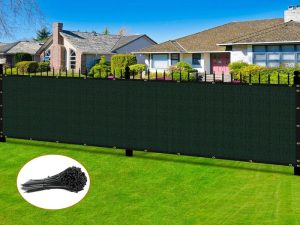
Size and Fit Considerations
Matching fence height and screen length
Choosing the right size for a privacy screen for fence ensures a neat appearance and effective coverage. Most fences use standard heights, so screens come in matching sizes. Buyers can select from standard heights such as 4′, 5′, 6′, and 8′. Standard panel lengths typically extend up to 50 feet, but custom sizing is available for unique projects.
Selecting the correct height and length prevents sagging and gaps. should coordinate screen color and style with the existing fence and yard for a unified look.
Modular screens vs custom-made screens
Modular privacy screens for fence offer flexibility. They come in standard sizes and can be combined for longer fences. Custom-made screens fit unique fence shapes or non-standard sizes. Both options provide multiple color choices to match outdoor spaces.
Custom sizing ensures a perfect fit, especially for fences with unusual dimensions. Modular panels work well for quick installation and easy replacement.
Installation methods
Proper installation keeps the privacy fence screens secure and looking good. Several methods help attach screens to different fence types.
- Use UV-resistant tie wraps for durability. Place 50 lb tie wraps along the top and sides, and 120 lb tie wraps along the bottom for extra strength.
- Attach tie wraps at grommets every 12 inches to keep the screen taut.
- Hang the screen from left to right, starting at the upper-left corner. Use tension bars or string lines for even alignment.
- Use “S” hooks to loosely hang the panel first, making it easier to adjust before tightening.
- Leave a few inches at the bottom for airflow and to protect from lawn equipment.
- In windy areas, install only part of the panel at a time or use extra fabric on the opposite side to reduce billowing.
Additional Features of Privacy Screens
UV, Water & Fire Resistance
A privacy fence screen with UV protection helps prevent color fading and material breakdown. Heavy-duty mesh screens block up to 95% of sunlight, including harmful UV rays. The tight weave reduces sunlight penetration, which keeps the screen looking new for longer periods.
- Privacy screens act as a barrier against UV radiation, protecting both the fence and the outdoor area.
- Retractable screens offer customization and can combine with other UV-blocking solutions.
- Water-resistant materials like vinyl and coated mesh prevent mold and mildew growth.
Portable or foldable privacy screen
Portable and foldable privacy screens for fence provide flexibility for changing needs. Many feature lightweight aluminum frames and come in sizes such as full-size, half-size, and wide panels. Multi-sectional designs like L-shaped or T-shaped screens allow users to adjust the layout easily.
- Common materials include vinyl, mesh, and aluminum for easy installation and durability.
- Decorative options include faux ivy mesh, expandable vinyl panels, and folding room dividers.
- These screens serve multiple purposes, such as temporary privacy during renovations or enhancing outdoor aesthetics.
Easy cleaning and replaceable
Easy cleaning and replaceable parts make a privacy screens more convenient and cost-effective over time. Regular cleaning with mild soap preserves fabric quality and appearance. Lubricating moving parts with silicone-based products ensures smooth operation.
- Addressing minor issues like bent or damaged parts quickly extends the screen’s lifespan.
- Replaceable components reduce downtime and lower repair costs.
- Routine cleaning of fabric, frames, and tracks prevents dirt buildup and corrosion.
Conclusion
Choosing the right privacy screen for fence installation requires balancing durability, appearance, and ease of installation. By understanding the options and key factors discussed, you can make an informed choice that enhances your property’s privacy and style. Explore available designs and materials today to secure your outdoor space with confidence.
